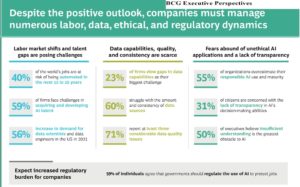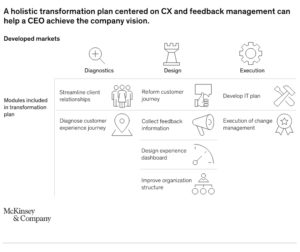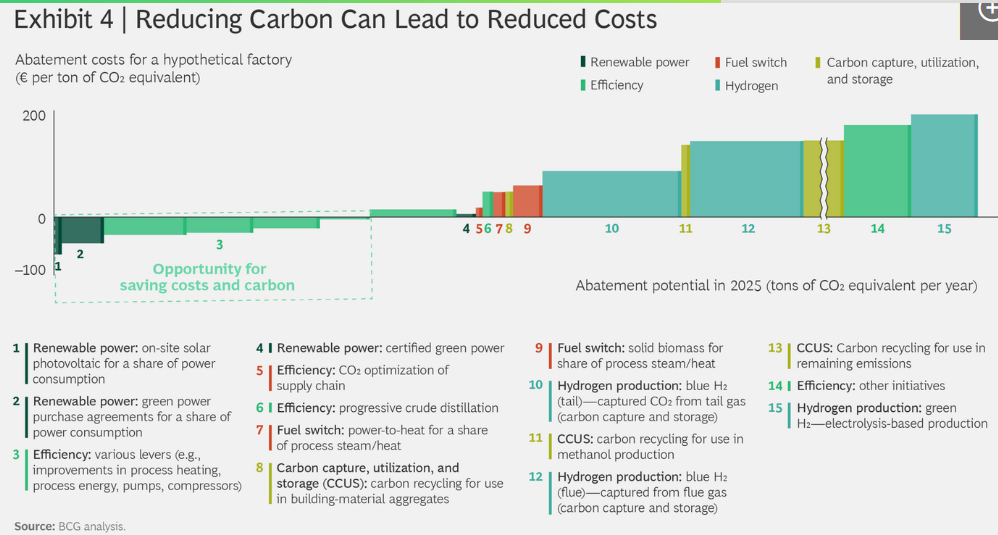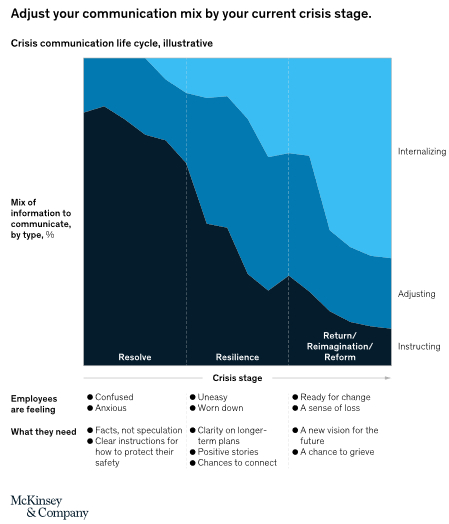There’s a reason AI has risen to the top of many executives’ agendas. It’s difficult to overstate the ways the technology has already changed the world—and this is just the beginning. AI is leading a global shift in human activity away from routine labor and toward creative endeavors, enhancing productivity, sharpening analytics capabilities, and vastly improving the consumer experience.
And according to a BCG-MIT SMR survey, 84% of respondents believe that harnessing AI is increasingly becoming a key source of competitive advantage, while 75% say that AI has allowed them to move into new business areas. But given its ever-expanding application, AI may soon be more than just a way to gain a competitive edge. It could become essential to survival. The pressure is on.
Leaders looking to improve their organizations’ AI capabilities should start by understanding the following trends and considering what they mean in the marketplace today.
At this point, AI is by no means a niche area of investment or capability. Since the advent of the pandemic, more than half of all companies have accelerated their adoption of the technology, which is also gaining increasing attention from VC investors. A closer look at spending suggests that businesses are particularly focused on AI’s potential in four areas: optimization, personalization, automation, and predictive maintenance. Collectively, these capabilities can be used to improve the consumer experience—via self-driving cars, smart homes, new therapeutics, curated content offerings, and more. They are also revolutionizing industries. Customer forecasting, cybersecurity, and diagnostic abilities are just a few of the many applications constantly making progress thanks to AI.
Despite these advancements—as well as the technology’s hidden cultural benefits and positive effects on employees—very few companies are reaping the corresponding financial rewards. Discovery and implementation are important early steps in effective AI usage, but many organizations stop there. Firms that see the greatest returns from their investments reimagine processes across the enterprise while putting a premium on learning between humans and machines. Successful businesses recognize that harnessing the full power of AI is ultimately a strategic, not technological, endeavor.
In fact, many of the prevailing obstacles to effective AI use aren’t related to technology. A lack of data capabilities poses a critical challenge, but labor market dynamics and broader societal issues are concerns as well.
It’s up to leaders to address these challenges while identifying the best path forward for their organizations. Harnessing the full power of AI is no easy task, but it’s an essential one for surviving and thriving now and in the years ahead. The following actions—though not exhaustive—are key elements of an executive playbook for strengthening AI capabilities.
More: BCG Download our full analysis






